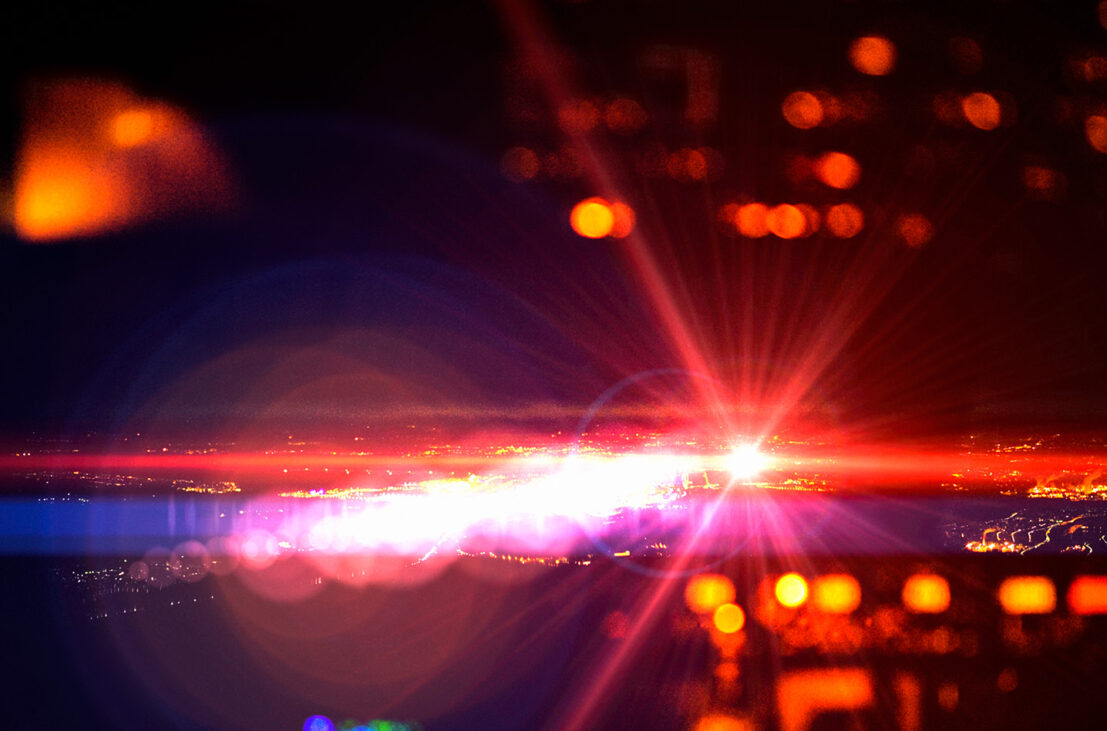
Out of more than 1,800 days from 2010 to 2014, all but eight featured laser strikes on aircraft. If an incident does occur, pilots can reduce the severity by following simple, common sense procedures.
When do laser strikes occur?
About 70 percent of laser events occur at altitudes between 2,000 and 10,000 feet, frequently during critical, high-risk phases of flight such as landing approach. Most take place between 7 p.m. and 11 p.m. and are more likely on Fridays and Saturdays. Reported attacks also spike after Christmas and July 4 in the US.
Where do laser strikes occur?
Incidents occur across the U.S., with Sacramento Mather Airport reporting the highest number of laser strikes in 2023, followed by the airports in Memphis, TN and Hampton, GA. In summer, high numbers of incidents occur in beach and resort communities.
What are some warning signs of an impending laser strike?
In most cases, a laser strike will be a sudden windscreen-filling flash with no indication of direction. If there have been recent laser incidents in the vicinity of the airport where the aircraft is landing or taking off, however, pilots may receive a general caution warning broadcast from air traffic control.
A warning may sound something like this: “UNAUTHORIZED LASER ILLUMINATION EVENT, AT 0100z, 8 MILE FINAL RUNWAY 18R AT 3,000 FEET, GREEN LASER FROM THE SOUTHWEST.” If this warning is received, pilots should anticipate and start to prepare to be lased.
What are the initial effects of a laser strike?
Pilots may experience one or more of these effects:
- Startle and initial distraction
- Glare – obscuring objects in field of vision, such as the runway lights
- Flash blindness – visual interference persisting after the source of illumination has ceased
- Afterimage – a “shadow” image of colored dots in front of eyes for a brief time.
What should pilots do during a laser strike?
As with any in-flight emergency, the pilot’s most important task is to stay calm and keep flying the airplane. The following checklist provides guidance on what to during an incident:
- Communicate (to co-pilot and ATC) using the phrase “laser attack.”
- If there are two pilots, transfer control of the airplane control to the pilot who was not been lased.
- If there are two pilots, the one not exposed to the laser goes head-down.
- Check flight instruments for proper flight status.
- Engage the autopilot? Automated final approach? Go-around? Declare an emergency?
- Do not look directly toward the laser light.
- Block the light, if possible, with a clipboard, visor or hand.
- Turn up the cockpit lights. If cockpit lighting is up, the eye’s pupil diameter is reduced and therefore a smaller aperture for the laser light to enter. The brighter environment reduces the distraction and glare effects of the laser.
- Do not rub eyes. This can irritate the eyes and cause tearing or a corneal abrasion.


 International Business Aviation Council Ltd.
International Business Aviation Council Ltd.